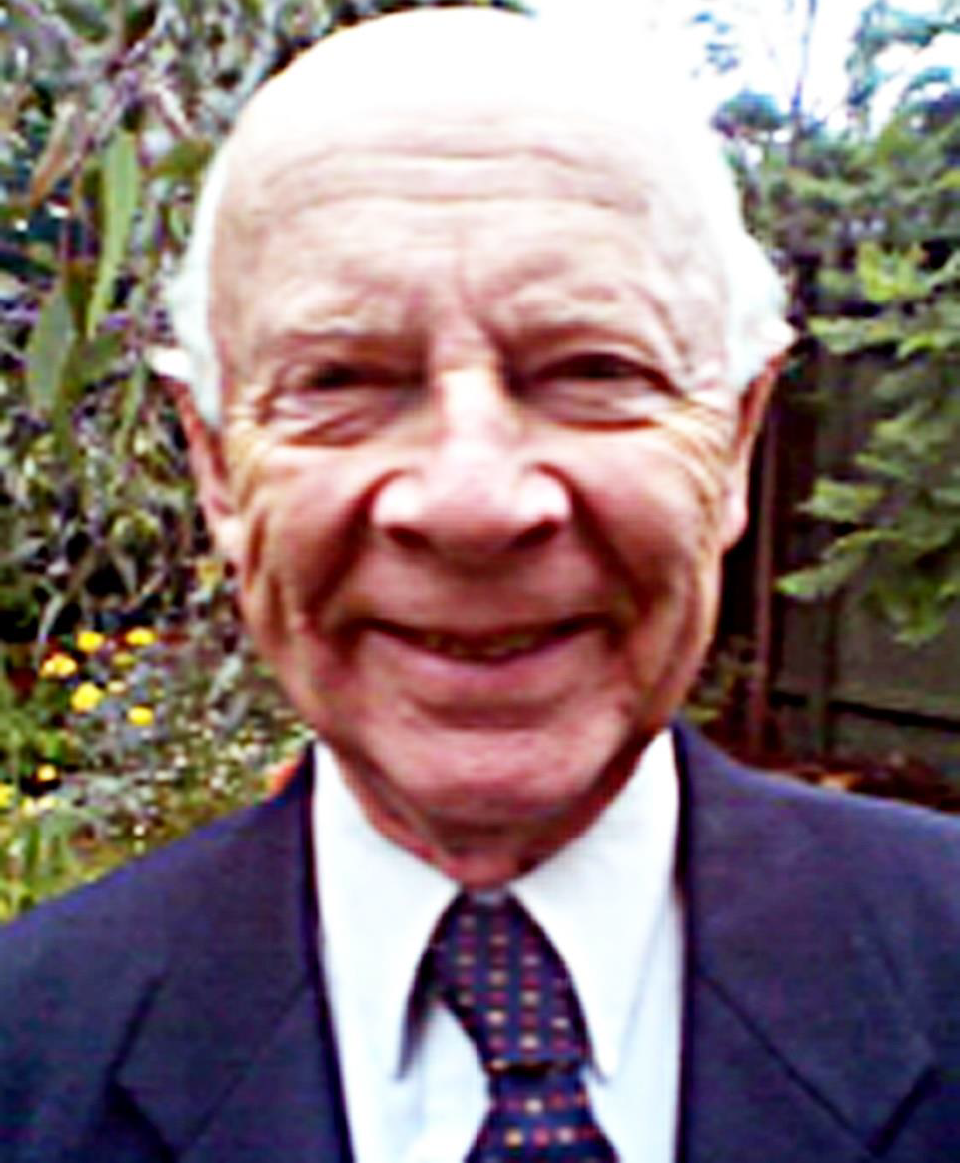 John Yule Mathew, born 8 November 1936 at Cairns Base Hospital, the eldest son of Randolph Yule Kalangur Mathew (Medical administrator and pathologist, known as ‘Ran’) and Mary Clare Mathew, nee Smiley (Pharmacist, known as ‘Clare’). Kalangur is an aboriginal word meaning ‘good’, from the Kabi people of Southern Queensland. John and Robert (his younger brother, born 21/12/1938 at Launceston, who later became a General Practitioner in Altona) are grandsons of Rev John Mathew, presbyterian minister, man of letters, anthropologist and advocate for the Australian Aboriginals, hence Randolph’s third name. Reverend Alexander Yule was a mentor for John Mathew in the early stages of his career. Clare’s name indicates the Irish County of origin of her grandparents.
John Yule Mathew, born 8 November 1936 at Cairns Base Hospital, the eldest son of Randolph Yule Kalangur Mathew (Medical administrator and pathologist, known as ‘Ran’) and Mary Clare Mathew, nee Smiley (Pharmacist, known as ‘Clare’). Kalangur is an aboriginal word meaning ‘good’, from the Kabi people of Southern Queensland. John and Robert (his younger brother, born 21/12/1938 at Launceston, who later became a General Practitioner in Altona) are grandsons of Rev John Mathew, presbyterian minister, man of letters, anthropologist and advocate for the Australian Aboriginals, hence Randolph’s third name. Reverend Alexander Yule was a mentor for John Mathew in the early stages of his career. Clare’s name indicates the Irish County of origin of her grandparents.
John graduated MBBS, University of Melbourne in 1959. Postgraduate training aimed at General Practice was supplemented by Physician training specialising in endocrinology. He qualified MRACP in 1969 and became FRACP in 1974. His career at the Queen Victoria Memorial Hospital and at the Royal Women's Hospital involved endocrinology and Infertility for 15 years and at Footscray and District hospital General Medicine for 30 years. He started a diabetic clinic despite a degree of doubt from the hospital administration. There was no funding so for years all the staff were on an honorary basis. These were John and Robert Mathew, Dr Joe Bornstein (internationally known medical researcher) and Diabetic Nurse Educators Ann Mc Gillivray and Elizabeth Borg. It was immediately popular with the patient clientele.
The period 1970 to 1980 at this hospital gave him a good grounding in medical politics. There was a constant tension between the Board of Management, consisting of mostly local self-made men, and the Medical Staff who did the work.
An AMA member since graduation, John came to AMA Council in 1980 and became an Office Bearer in 1984. In that year, Clyde Scaiffe was President. The so called Section 17 dispute, which it was thought would confer too much power to the Federal Minister of Health, was successfully settled. This stated that contracts between hospitals (mostly run by the states) and doctors had to be acceptable to the Federal Minister of Health, who it was proposed could alter those contracts retrospectively. All rather nonsensical and quickly settled, but with much huffing and puffing by the AMA. Camberwell Town Hall filled by 600 Doctors voted unanimously against the section!
In the next year, with Paul Niselle as President, the NSW Doctors dispute, initiated by Bruce Shepherd with his Association of Procedural Specialists (outside the AMA), had reached a stage where settlement was reachable. At the request of the Federal AMA, the Victorian Executive Director, Ron Hastings, settled it without reference to Bruce, who did not forget. Three years later, Bruce Shepherd, who had been President of the NSW branch of the AMA for two years and achieved Presidency of the Federal body, paid a visit to Victoria and organised the resignation of Ron Hastings.
In his Presidential year, 1986-7, John appeared on ABC/TV in Geoffrey Robertson's Hypothetical, seated between Neale Blewett and Fred Niles, both of whom impressed as quite likeable men. It was unresolved as to whether or not Dracula had AIDS, but it was plain that many ethical issues related to the disease were not understood or agreed upon.
Another major issue was an unnecessarily prolonged strike by the Victorian Nurses Federation. The obvious solution was to go to Arbitration. The delays embarrassed the Victorian Government which did not wish to be seen as cowed. Eventually the Court made generous improvements to the Nurses Pay and Conditions.
John then travelled to China to initiate a link with the Hei Long Jiang branch of the Chinese Medical Association. (requested by the Federal AMA). He visited the Hawaiian, American, Canadian, British, French, and Soviet Associations on the way, thinking the knowledge gained could be of value with a move to the Federal AMA in future years: however, that was not to be. He subsequently remained on the Victorian Branch Council.
After retirement from 63 years of medical practice he now represents the Retired Doctors Association. He remains a staunch advocate for the importance of the Australian Medical Association, notwithstanding the decline in membership due to the proliferation of other medical organisations. He has also been on the board of the VMBF since 1980.
Last updated 15 February 2025.
Source: self-report
Article by Dr Allan Mawdsley OAM
